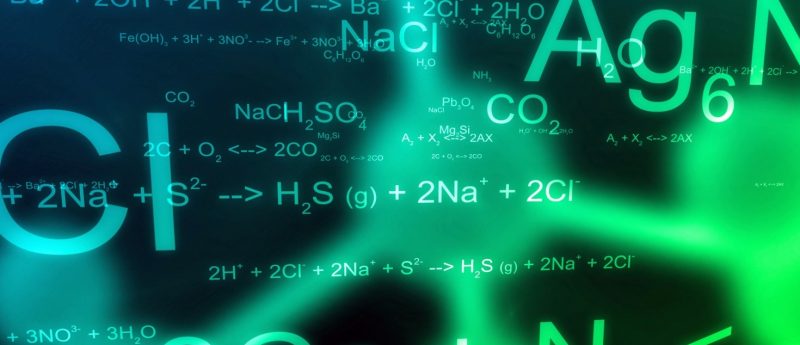Chemical genetics and regeneration

Future Medicinal Chemistry Review discussing recent progress in using chemical genetics to further understand the complex spatial and temporal signaling pathways controlling regeneration, by Sumitra Sengupta, Liyun Zhang and Jeff S Mumm (Johns Hopkins University, Baltimore, MD, USA).
Regeneration is a highly complex yet conserved process involving spatial and temporal regulation of many different signaling processes. Deciphering the processes in animal models can therefore be used to identify potential regenerative mechanisms in humans for repair of disorders, diseases or damage, and chemical genetics — the use of small-molecule modulators of specific targets or signaling pathways — can help identify molecular regulators of regeneration and quantify their effects on elements of regeneration such as dedifferentiation/reprograming, proliferation and migration/remodeling.
The following Future Medicinal Chemistry Review by Sumitra Sengupta, Liyun Zhang and Jeff S Mumm from Johns Hopkins University (Baltimore, MD, USA) presents recent advances that have been made using chemical genetics for hypothesis-focused and discovery-driven studies aimed at furthering understanding of how regeneration is controlled.
Sengupta S, Zhang L, Mumm JS. Chemical genetics and regeneration. Future Med. Chem. 7(16), 2263—2283 (2015).